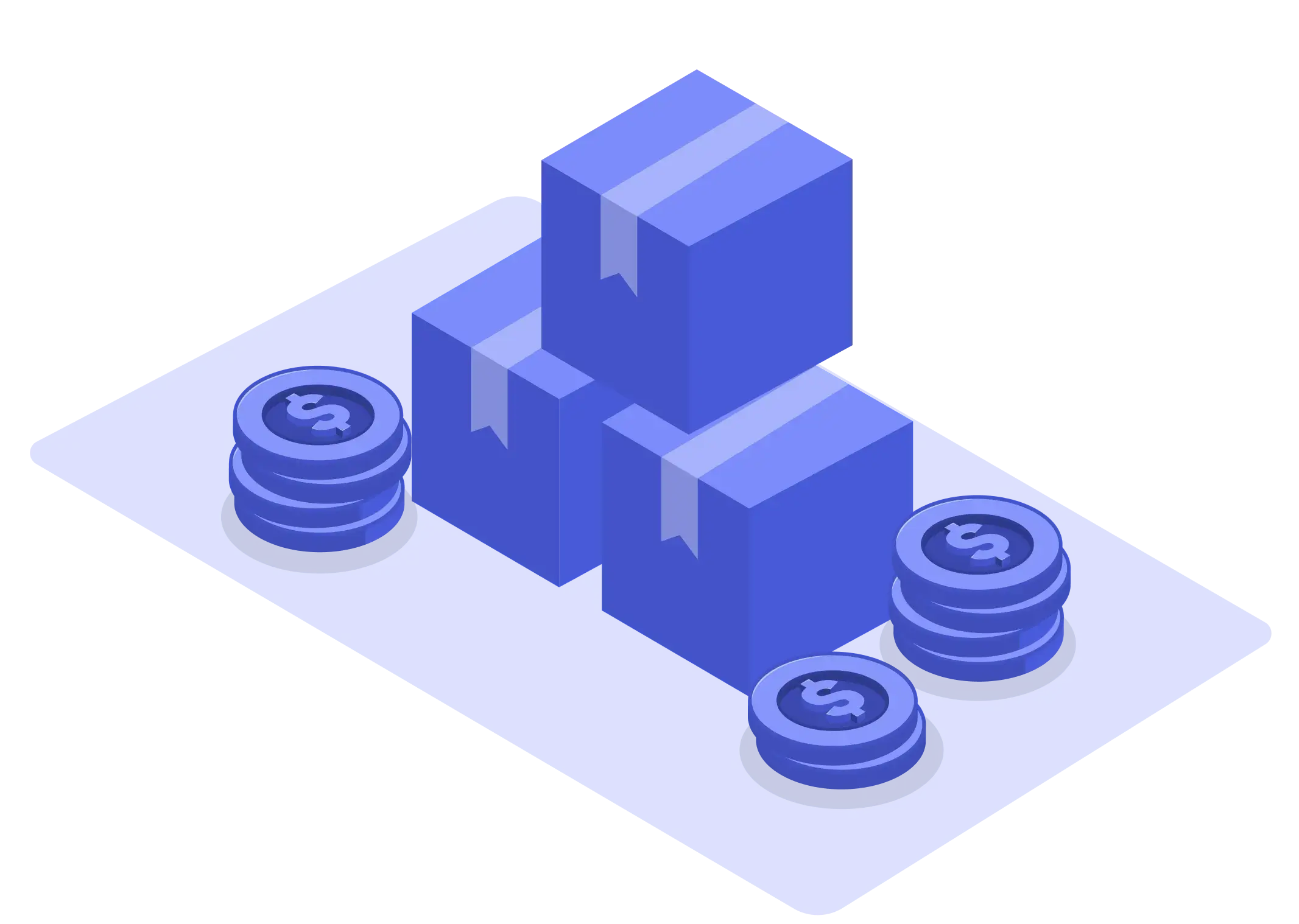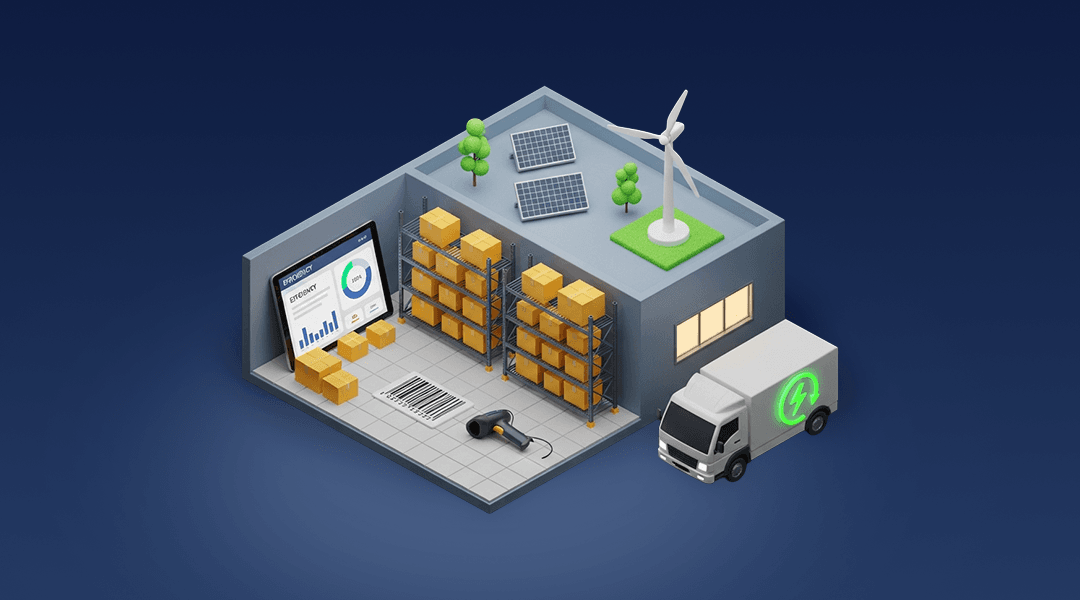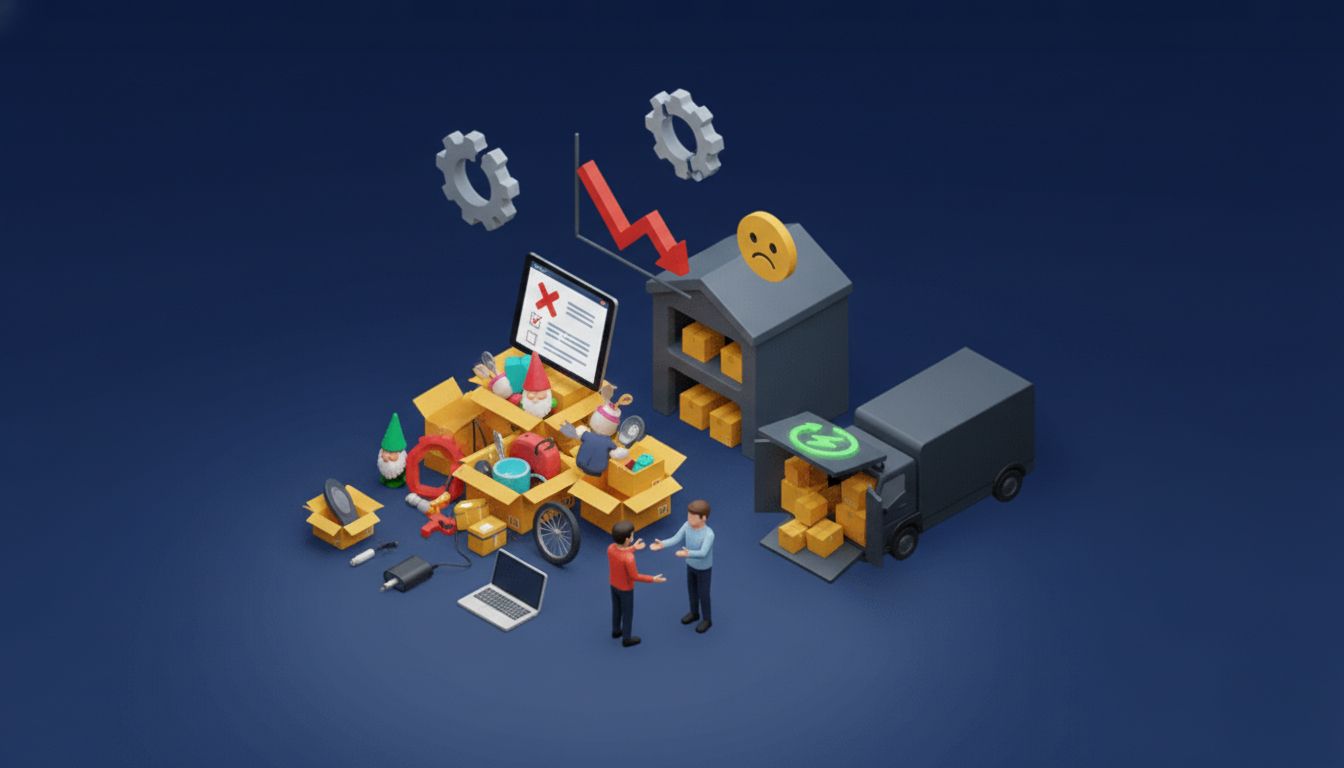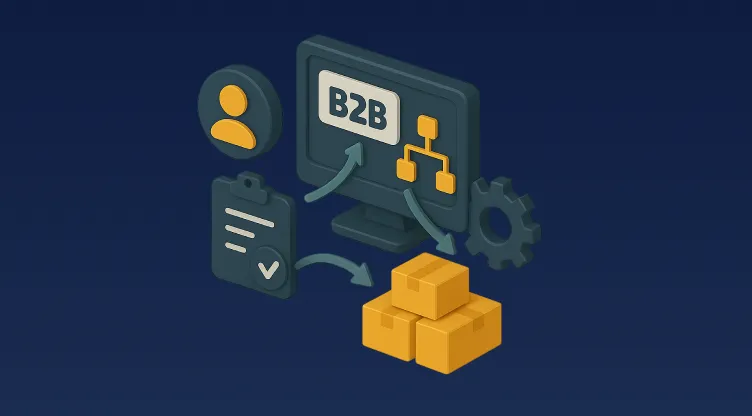Unified Dashboard: Connecting ERP, OMS, WMS, and TMS for Supply Chain Excellence

Table of Contents
Quick Insights for Fast-Moving Businesses
- Separate systems slow down supply chain operations.
- A unified dashboard brings ERP, OMS, WMS, and TMS together for seamless control.
- Real-time updates enhance supply chain optimisation.
- Integrating order management systems and warehouse management systems improves fulfilment.
- MENA businesses can gain a competitive edge with smarter technology.
The New Reality of Supply Chain Management
Running a supply chain today is tough. For businesses across Saudi Arabia, UAE, and Egypt, the market moves faster than ever.
Customers want next-day deliveries. Orders flood in from multiple channels. Logistics have to flow like clockwork.
But there’s a problem. Most companies use different systems to manage each part of their operations.
Finance sits in the ERP. Sales orders live in the OMS. Inventory hides inside the WMS. Transport planning happens in the TMS.
Each system speaks a different language. None of them really "talk" to each other.
As a result, managers waste time logging into different platforms. Data gets out of sync. Mistakes happen. And worst of all — customers notice.
The True Cost of Fragmented Systems
Imagine running a marathon while juggling balls. That’s what managing separate systems feels like.
Here's what businesses lose every day:
- Time: Switching between platforms kills productivity.
- Money: Duplicate data leads to expensive mistakes.
- Opportunities: Poor visibility slows down decisions.
- Customer trust: Delays and errors hurt brand loyalty.
In the MENA region, where competition heats up every year, these gaps are deadly.
Unified dashboards offer a way out.
What is a Unified Dashboard?
A unified dashboard brings everything together into one smart interface. It combines:
- ERP (Enterprise Resource Planning)
- OMS (Order Management System)
- WMS (Warehouse Management System)
- TMS (Transportation Management System)
Instead of fragmented views, businesses get one powerful screen. It shows live updates from every part of the supply chain.
With one login, you can check inventory, approve shipments, track deliveries, and close financials. Simple. Clear. Fast.
Why Unify ERP, OMS, WMS, and TMS?
Real-Time Visibility Know what’s happening right now. From warehouse stock to last-mile delivery, the whole chain is visible.
Faster Decision Making No need to wait for reports. Unified data allows instant, smarter decisions.
Reduced Errors When systems talk to each other, manual data entry drops. This reduces costly mistakes in orders and inventory.
Lower Costs Fewer systems mean less maintenance, lower licensing fees, and smaller IT teams.
Enhanced Agility Markets shift fast. A unified dashboard lets businesses respond quicker to changes.
How Unified Dashboards Work in Practice
Picture this:
A customer places an order online. The OMS receives it instantly. The WMS checks inventory and confirms stock availability. The TMS plans the best delivery route. The ERP updates financials automatically.
All within seconds. No human handoff. No delays.
Managers see all of this in one place — the dashboard.
Omniful, a rising leader in supply chain tech, already delivers these capabilities across the MENA region.
Key Features to Look for in a Unified Dashboard
Real-Time Inventory Management Always know stock levels across warehouses, stores, and dark hubs.
Omnichannel Order Fulfilment Merge eCommerce, marketplaces, and retail into a single flow.
Automated Transport Planning Group deliveries smartly. Save time. Cut transport costs.
Custom Alerts and Reporting Get instant notifications on exceptions and generate reports with a click.
Mobile Accessibility Warehouse and logistics teams need mobility. Modern dashboards work on tablets and smartphones.
Flexible Integrations Connect easily with platforms like Shopify, WooCommerce, and marketplace APIs.
Success Stories from MENA Businesses
Aramex’s 3PL Transformation Faced with complex fulfilment needs, Aramex unified operations using a single dashboard powered by Omniful. They scaled over 100 dark stores across Saudi Arabia with minimal investment and maximum speed.
Laverne’s 2-Hour Delivery The Laverne Group in KSA switched from 3PL providers to in-house fulfilment. With a unified dashboard, they slashed delivery times from days to just 2–3 hours for customers in Riyadh. Order accuracy soared. Costs dropped.
Challenges in Implementing a Unified Dashboard
Data Migration Old systems often have messy data. Migrating cleanly takes careful planning.
Change Management Employees fear change. Success depends on strong training programmes and leadership support.
Integration Complexities Some legacy systems don’t play well with modern tech. Choosing flexible platforms like Omniful helps avoid integration headaches.
Future Trends: What’s Next for Unified Dashboards?
AI and Predictive Analytics Unified dashboards will soon suggest stock reorder points automatically. Or alert managers when a shipping route might cause delays.
Blockchain for Supply Chain Expect more secure, tamper-proof tracking of goods.
Hyperlocal Logistics As Q-commerce grows in cities like Riyadh, Cairo, and Dubai, dashboards must manage faster, smaller deliveries.
Conclusion: Unify to Simplify and Grow
Fragmented supply chain systems slow businesses down. Unified dashboards put the full supply chain at your fingertips.
In one screen, you can:
- Track inventory
- Manage orders
- Route deliveries
- Balance financials
- And serve customers better
MENA businesses embracing unified systems today are setting themselves up for leadership tomorrow.
Don’t let complexity hold you back. Streamline your operations, delight your customers, and dominate your market.
Want to see how a unified dashboard could transform your supply chain? See Omniful in Action: Request a Demo Today!
FAQs
Can I unify my existing ERP with new systems?
Yes. Modern dashboards integrate with both old and new systems using APIs.
How long does unification take?
It depends on your setup. Typical rollouts range from 6 to 12 weeks.
Is it expensive to set up a unified dashboard?
Initial costs are reasonable compared to the long-term savings and efficiency gains.
Will my team need a lot of training?
Most modern dashboards are user-friendly.
Training sessions are often completed within days.























